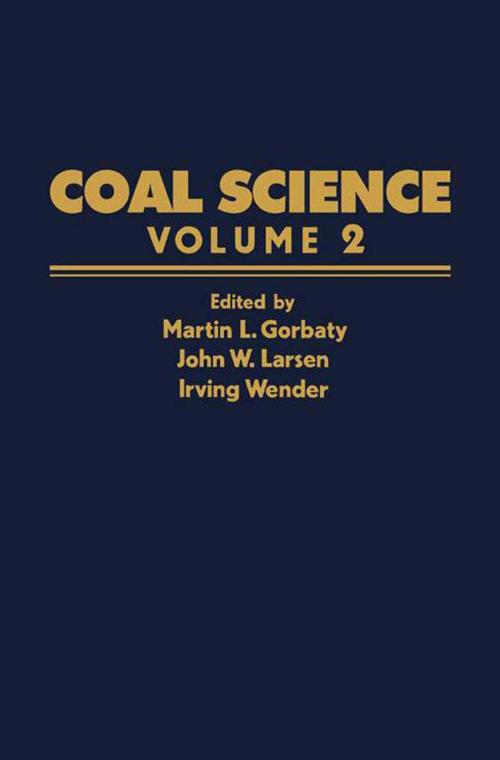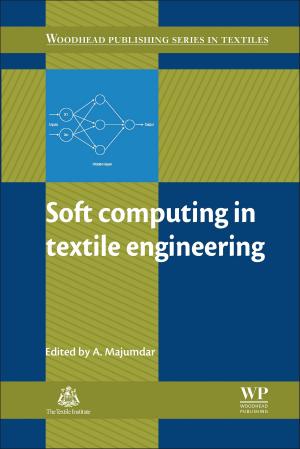| Author: | ISBN: | 9781483191560 | |
| Publisher: | Elsevier Science | Publication: | October 22, 2013 |
| Imprint: | Academic Press | Language: | English |
| Author: | |
| ISBN: | 9781483191560 |
| Publisher: | Elsevier Science |
| Publication: | October 22, 2013 |
| Imprint: | Academic Press |
| Language: | English |
Coal Science, Volume 2 presents and evaluates the fundamental scientific areas involved with the structure, reactivity, and utilization of coal. This book reviews the coal's inorganic structure and reactivity and the role that ionic bonding plays in coal's chemical and physical structure and reactivity.
Organized into four chapters, this volume begins with an overview of the area of mineral matter in coal and a critical survey of many specific aspects that are most intriguing scientifically. This text then examines the role of the solvent in the initial stage of coal liquefaction. Other chapters consider the primary products of decomposed plant matter, which are transformed into the various ranks of coals through a series of evolutionary changes. The final chapter deals with solvent extraction, which is the most commonly used methods for studying the chemical properties of coal.
This book is a valuable resource for chemists, engineers, and research workers.
Coal Science, Volume 2 presents and evaluates the fundamental scientific areas involved with the structure, reactivity, and utilization of coal. This book reviews the coal's inorganic structure and reactivity and the role that ionic bonding plays in coal's chemical and physical structure and reactivity.
Organized into four chapters, this volume begins with an overview of the area of mineral matter in coal and a critical survey of many specific aspects that are most intriguing scientifically. This text then examines the role of the solvent in the initial stage of coal liquefaction. Other chapters consider the primary products of decomposed plant matter, which are transformed into the various ranks of coals through a series of evolutionary changes. The final chapter deals with solvent extraction, which is the most commonly used methods for studying the chemical properties of coal.
This book is a valuable resource for chemists, engineers, and research workers.















